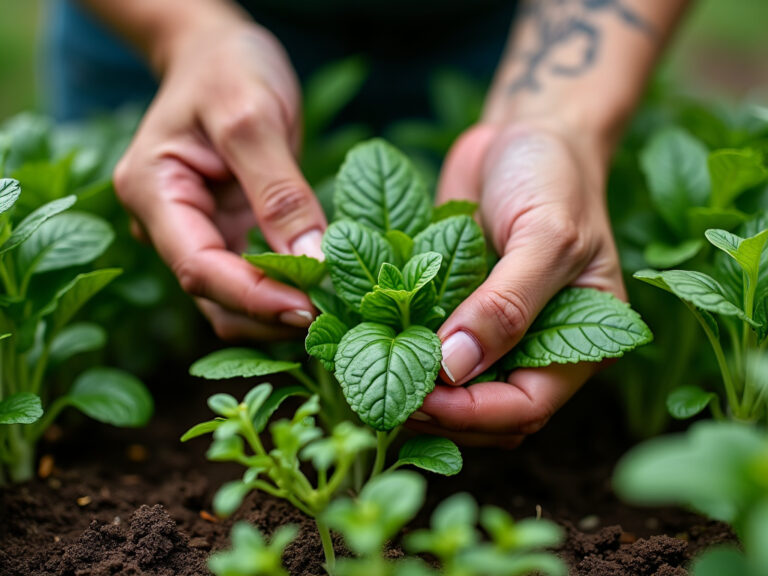A kitchen garden provides an accessible, sustainable way to grow your own fresh herbs and vegetables. It not only offers convenience but also a sense of satisfaction from growing food. This guide walks you through essential gardening techniques, from plant selection to harvesting.
1. Choosing the Right Herbs for Your Kitchen Garden
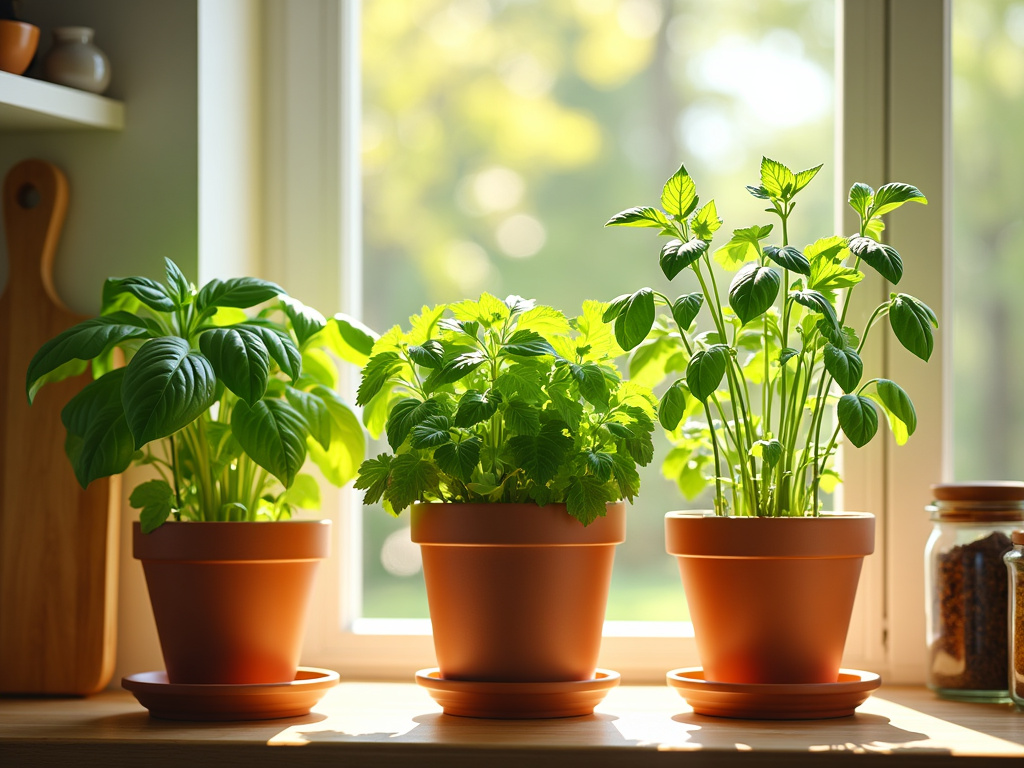
Herbs are perfect for beginners because they are easy to grow and versatile. Start with herbs that suit your climate and culinary preferences:
- Basil: A must for Italian dishes and summer salads.
- Cilantro: Great for Mexican and Indian cuisine.
- Mint: Ideal for teas, cocktails, and desserts.
Make sure your herbs are planted in well-draining soil and receive at least 6 hours of direct sunlight each day.
2. Best Vegetables for Small Kitchen Gardens
Space can be a limiting factor, so choose vegetables that thrive in compact environments:
- Tomatoes: Opt for cherry or dwarf varieties that fit well in containers.
- Leafy Greens: Lettuce, spinach, and kale are quick-growing and fit perfectly in small raised beds.
- Root Vegetables: Radishes and carrots are shallow-rooted, making them easy to grow in small spaces.
Raised beds or containers allow for better control over soil conditions, maximizing growth in limited space.
3. Companion Planting in a Kitchen Garden
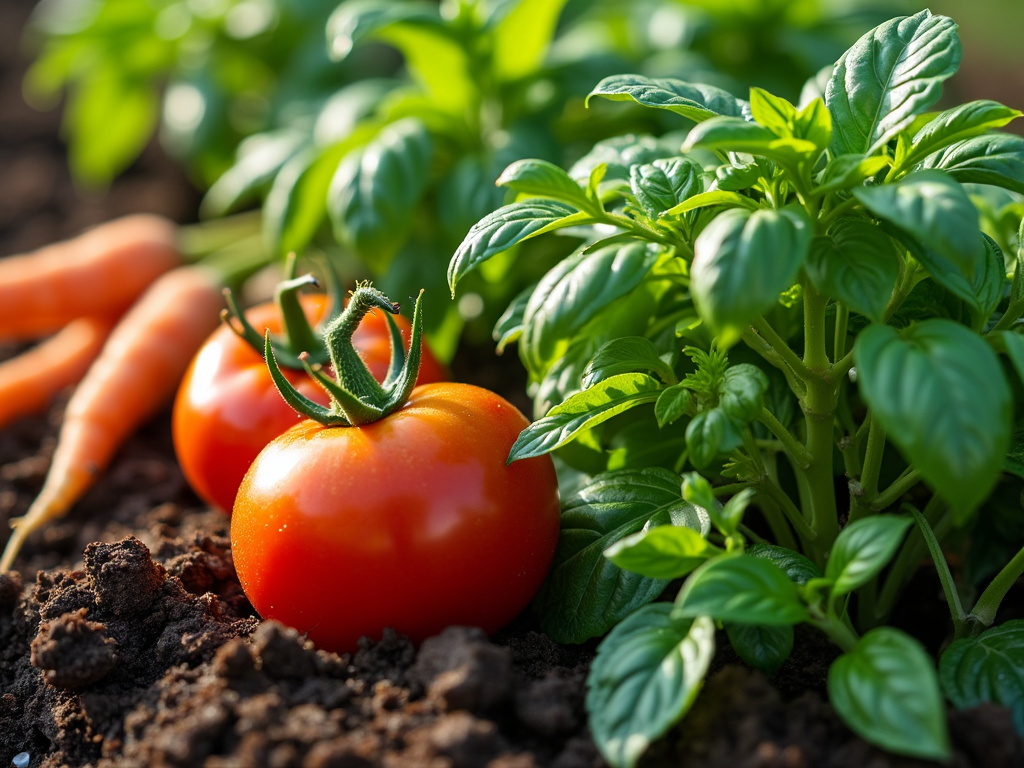
Companion planting can help your plants thrive by maximizing space and improving plant health:
- Basil with tomatoes: Enhances flavor and repels pests.
- Carrots with onions: Onion’s scent deters carrot flies.
- Lettuce and radishes: Radishes grow quickly, leaving space for slow-growing lettuce.
Planting complementary plants together can lead to a healthier, more productive garden.
4. Soil Preparation and Mulching Techniques
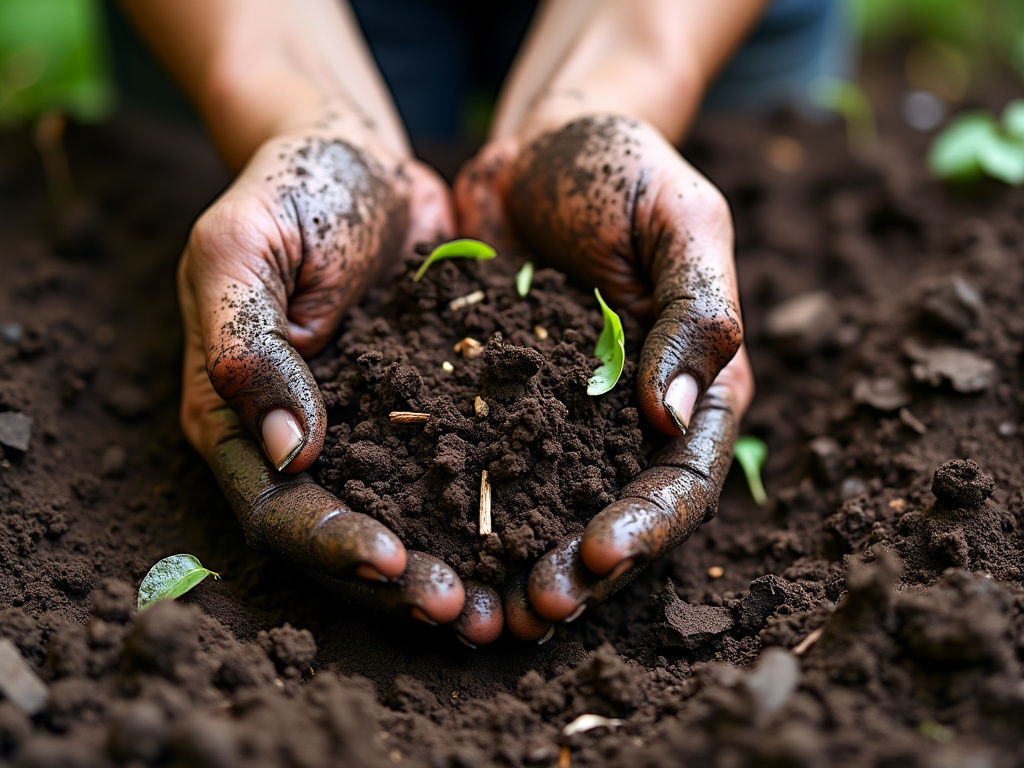
Healthy soil is essential for a thriving garden. Start by testing the pH and enhancing the soil with compost or organic matter. Mulching helps retain moisture, suppress weeds, and enriches the soil as it decomposes. Organic mulches, such as straw or leaves, are ideal for small gardens.
5. Seasonal Planting for Year-Round Success
To keep your kitchen garden productive year-round, rotate your crops and plant according to the seasons:
- Spring: Plant cool-weather crops like peas and leafy greens.
- Summer: Grow heat-tolerant plants like tomatoes, cucumbers, and peppers.
- Fall: Replant cool-season crops or add winter-hardy vegetables like kale.
By planning for each season, you can maximize your harvest throughout the year.
6. Proper Watering Techniques
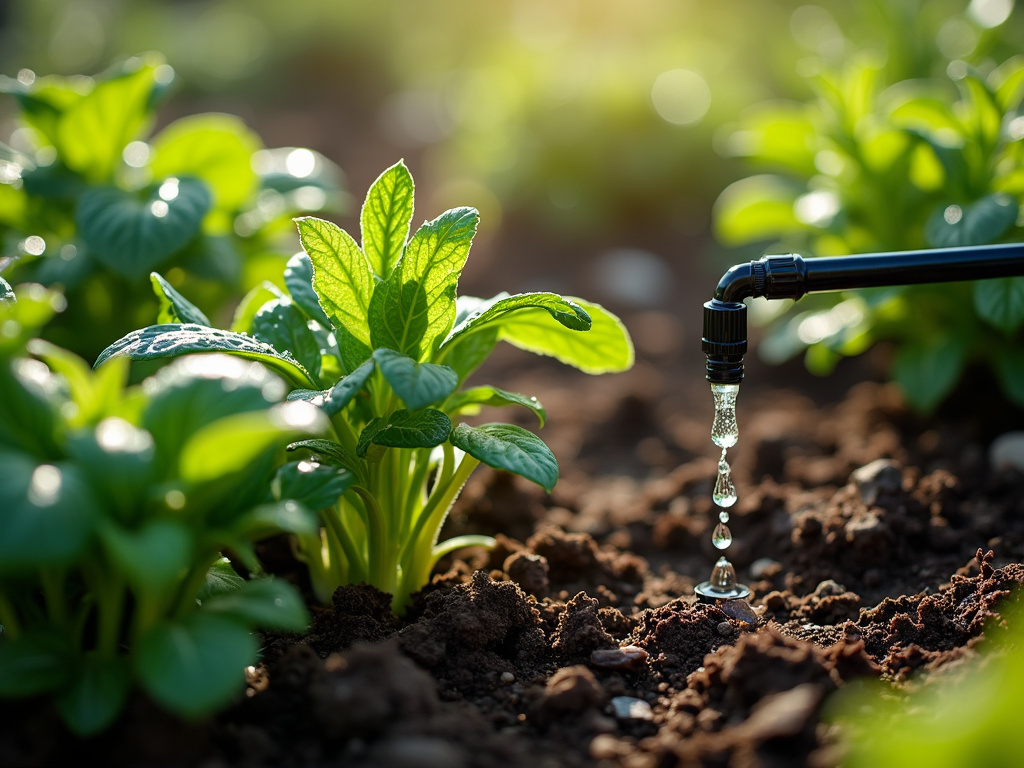
Over-watering can severely damage plants by suffocating their roots, leading to root rot and preventing them from absorbing essential nutrients. To avoid this, water deeply but less frequently, encouraging the plant roots to grow deeper and access water stored in the soil. This practice also builds stronger, drought-resistant plants. Using a drip irrigation system is an efficient way to control water delivery. It slowly releases water at the base of the plant, ensuring a steady supply of moisture without over-saturating the soil, thus maintaining optimal soil conditions.
7. Harvesting Tips for Maximum Yield
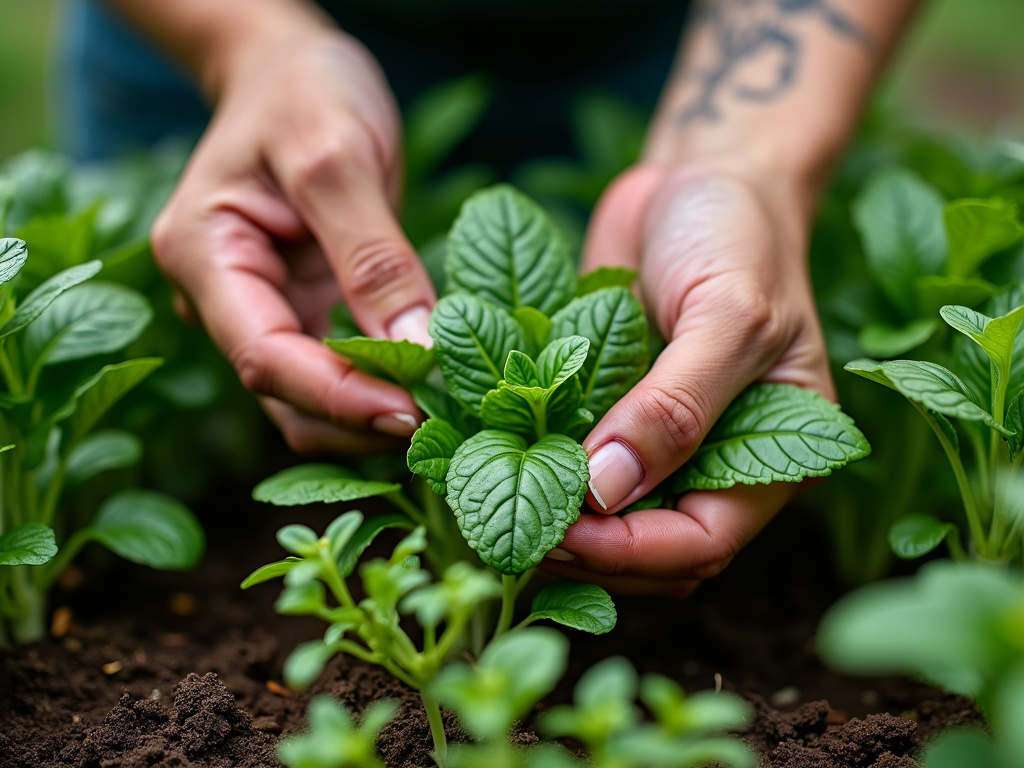
For herbs, frequent trimming is essential for promoting continuous new growth. Cutting back the top leaves regularly not only keeps the plant bushy but also prevents it from flowering, which can alter the flavor. When harvesting leafy greens like lettuce or spinach, pick the outer leaves first, leaving the inner ones to continue growing. For vegetables, always follow the specific harvest times for each crop. This ensures optimal flavor and texture while also preventing the plant from becoming overripe or stressed, which can reduce its quality and yield.

